BPC-157, TB-500 10mg (Blend)
BPC-157 and TB-500 (Thymosin Beta-4) are peptides commonly studied for their potential in promoting tissue repair and healing. Both have distinct yet complementary mechanisms that, when combined, may offer synergistic benefits. BPC-157, a stable gastric pentadecapeptide, is derived from a protective protein found in the stomach lining. It has been shown in preclinical studies to accelerate healing of muscles, tendons, and ligaments by promoting angiogenesis (the formation of new blood vessels) and regulating the production of growth factors. Similarly, TB-500, a fragment of the naturally occurring Thymosin Beta-4 protein, plays a key role in cell migration, tissue regeneration, and reducing inflammation.
The potential synergy between these peptides arises from their overlapping yet distinct pathways in tissue repair. While BPC-157 excels at improving blood flow and reducing inflammation, TB-500 focuses on facilitating cellular migration to the injury site and supporting the repair process at the cellular level. Together, they may accelerate healing by addressing multiple aspects of tissue recovery, particularly in sports injuries or chronic conditions where regeneration is compromised. Early animal studies suggest this combination may lead to faster recovery times and improved structural integrity of repaired tissues.
It is crucial to note that while promising, much of the research on BPC-157 and TB-500 remains preclinical.
- 24/7 Delivered
- Including shipping costs.
- 30 day money refund
- Day and night customer service
Description
Potential BPC-157 and TB-500 Synergy in Wound Repair
Cell Migration
Successful wound healing depends on fibroblasts, which regulate extracellular matrix production, as well as cells of the immune system. For these cells to do their jobs, they need to move to the location of injury. This movement, called migration, is heavily dependent the protein actin. Both BPC-157 and TB-500 are important in actin regulation. BPC-157 works at the level of the gene to increase actin production[1]. TB-500, an actin binding protein, helps to sequester actin in areas where it is most useful for building filaments from actin to allow for cell movement[2]. Together, BPC-157 and TB-500 work synergistically to increase the quantity and function of actin and thus increase the rate at which fibroblasts and cells of the immune system migrate to areas of injury.
The Big Picture Involves Growth Hormone
Both TB-500 and BPC-157 interact with growth hormone in the healing process. BPC-157 increases the expression of growth hormone receptors on fibroblasts, boosting the longevity of these cells and thus their ability to promote soft tissue regeneration[3]. With TB-500 on board, the extra growth hormone receptors will not go to waste because the fibroblasts will have adequate stores of actin to make use of their elongated lifespans. Combining TB5-00, BPC-157, collagen, and a growth hormone secretagogue is a surefire way to increase rates of wound healing and may one day replace standard treatment regimens as the gold standard.
About The Author
The above literature was researched, edited and organized by Dr. E. Logan, M.D. Dr. E. Logan holds a doctorate degree from Case Western Reserve University School of Medicine and a B.S. in molecular biology.
Scientific Journal Author
Allan L. Goldstein, MD, Allan L. Goldstein is professor and Catharine B. & William McCormick Chair of the department of Biochemistry and Molecular Biology at The George Washington University School of Medicine and Health Sciences, where he has served since 1978. Thymosins were discovered in the mid 1960’s, when Allan Goldstein from the Laboratory of Abraham White at the Albert Einstein College of Medicine in New York studied the role of the thymus in development of the vertebrate immune system. He is a world-renowned authority on the thymus gland and the workings of the immune system, and co-discoverer of the thymosins. Dr. Goldstein is the author of over 400 scientific articles in professional journals, the inventor on more than 15 U.S. Patents, and the editor of several books in the fields of biochemistry, biomedicine, immunology and neuro-science. He is on the editorial boards of numerous scientific and medical journals and has been a consultant to many re-search organizations in industry and government; co-founder of The Institute for Advanced Studies in Aging and Geriatric Medicine, a non-profit research and educational institute; a member of the Board of Trustees of the Albert Sabin Vaccine Institute; and serves as the Chairman of the Board of RegeneRx Biopharmaceuticals. Dr. Goldstein received his B.S. from Wagner College in 1959 and his M.S. and Ph.D. from Rutgers University in 1964. He served as a faculty member of the Albert Einstein College of Medicine from 1964 to 1972, and moved to the University of Texas Medical Branch in Galveston in 1972 as professor and director of the division of Biochemistry.
Allan L. Goldstein, MD is being referenced as one of the leading scientists involved in the research and development of TB-500 and other Thymosins. In no way is this doctor/scientist endorsing or advocating the purchase, sale, or use of this product for any reason. There is no affiliation or relationship, implied or otherwise, between Peptide Sciences and this doctor. The purpose of citing the doctor is to acknowledge, recognize, and credit the exhaustive research and development efforts conducted by the scientists studying this peptide. Dr. Goldstein is listed in [5] under the referenced citations.


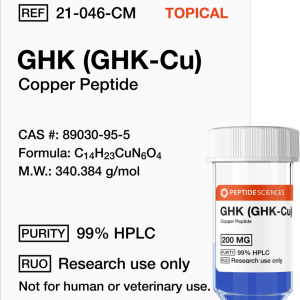
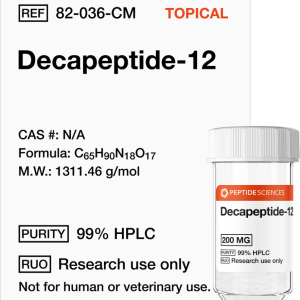
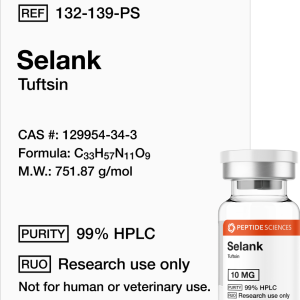
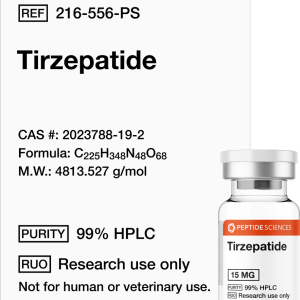
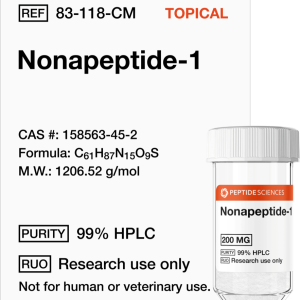


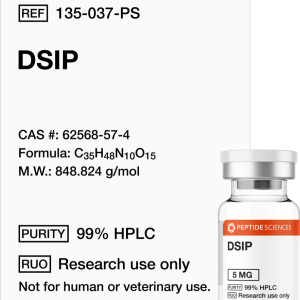
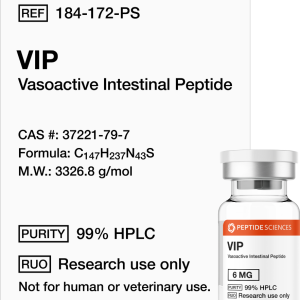
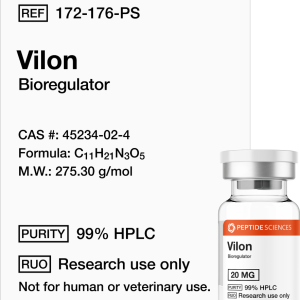

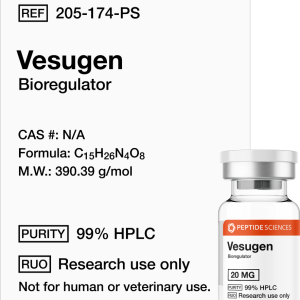
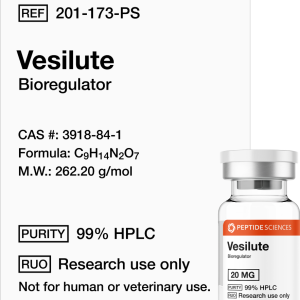
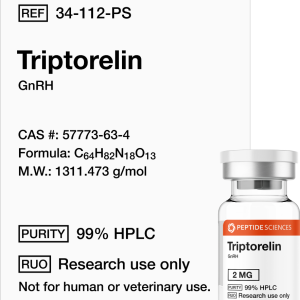





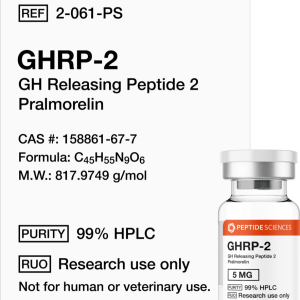
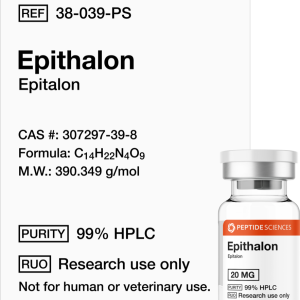
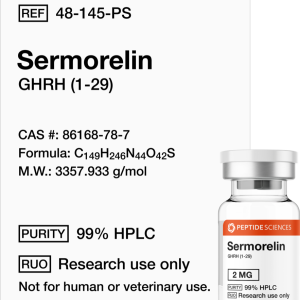
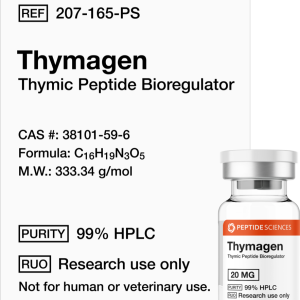
Reviews
There are no reviews yet.